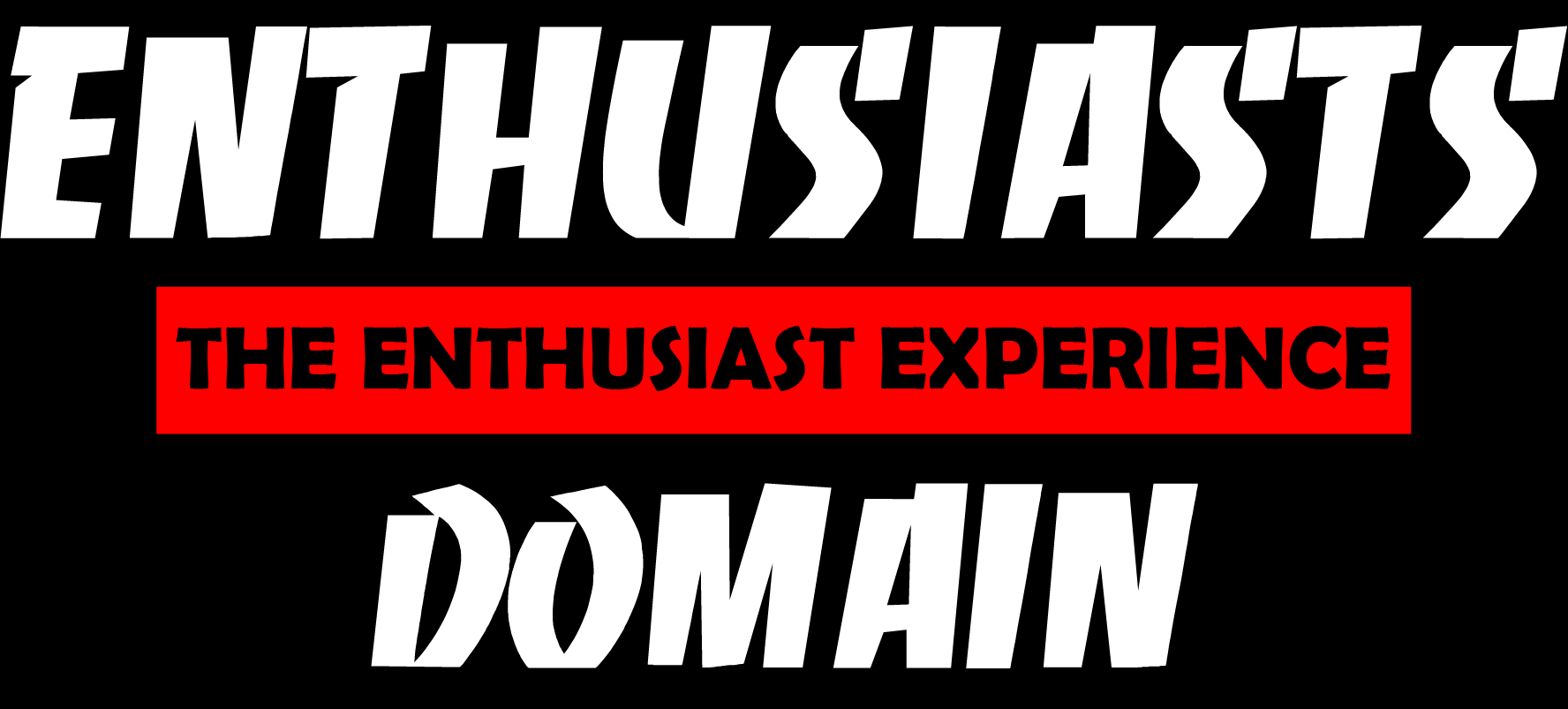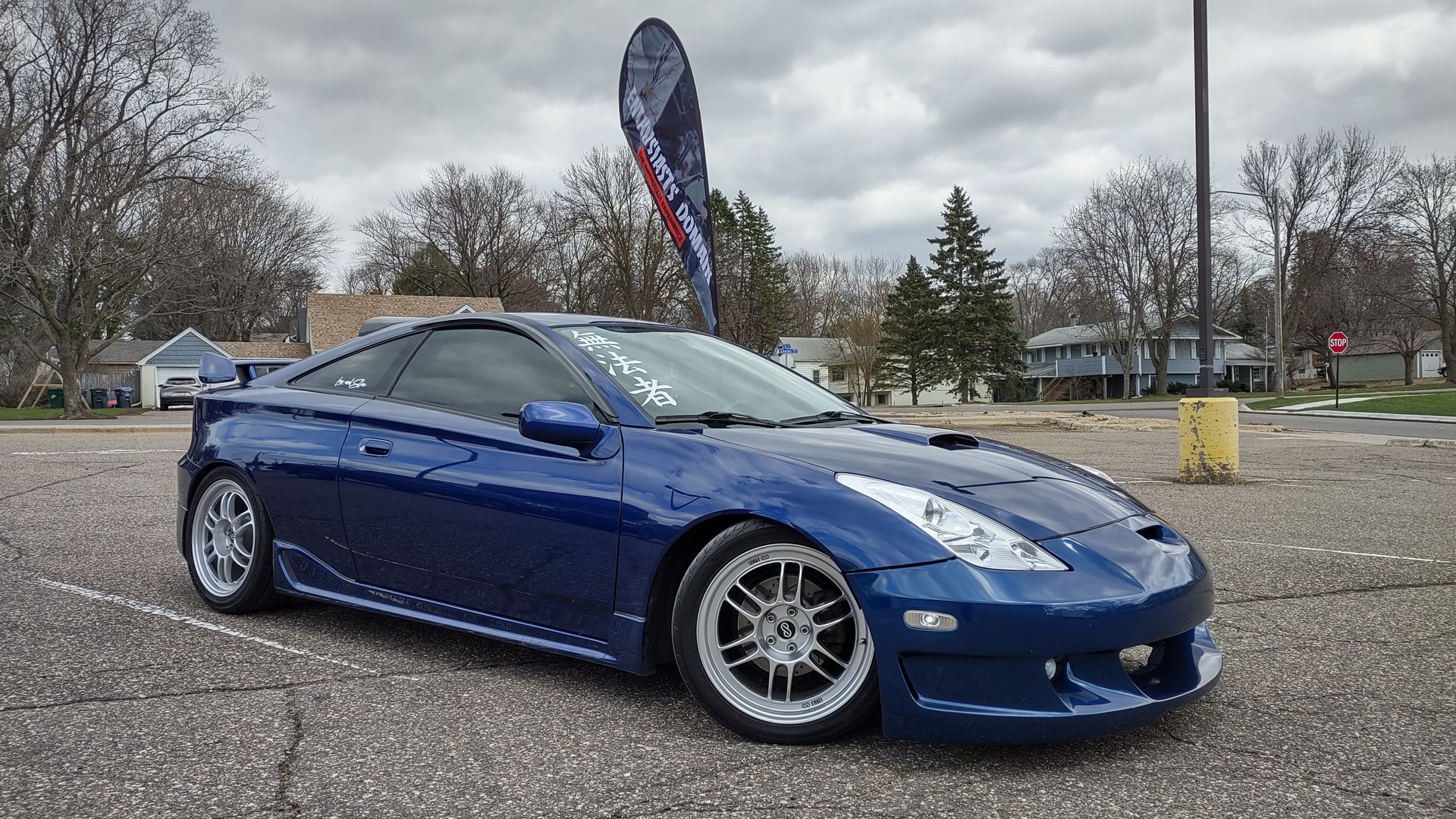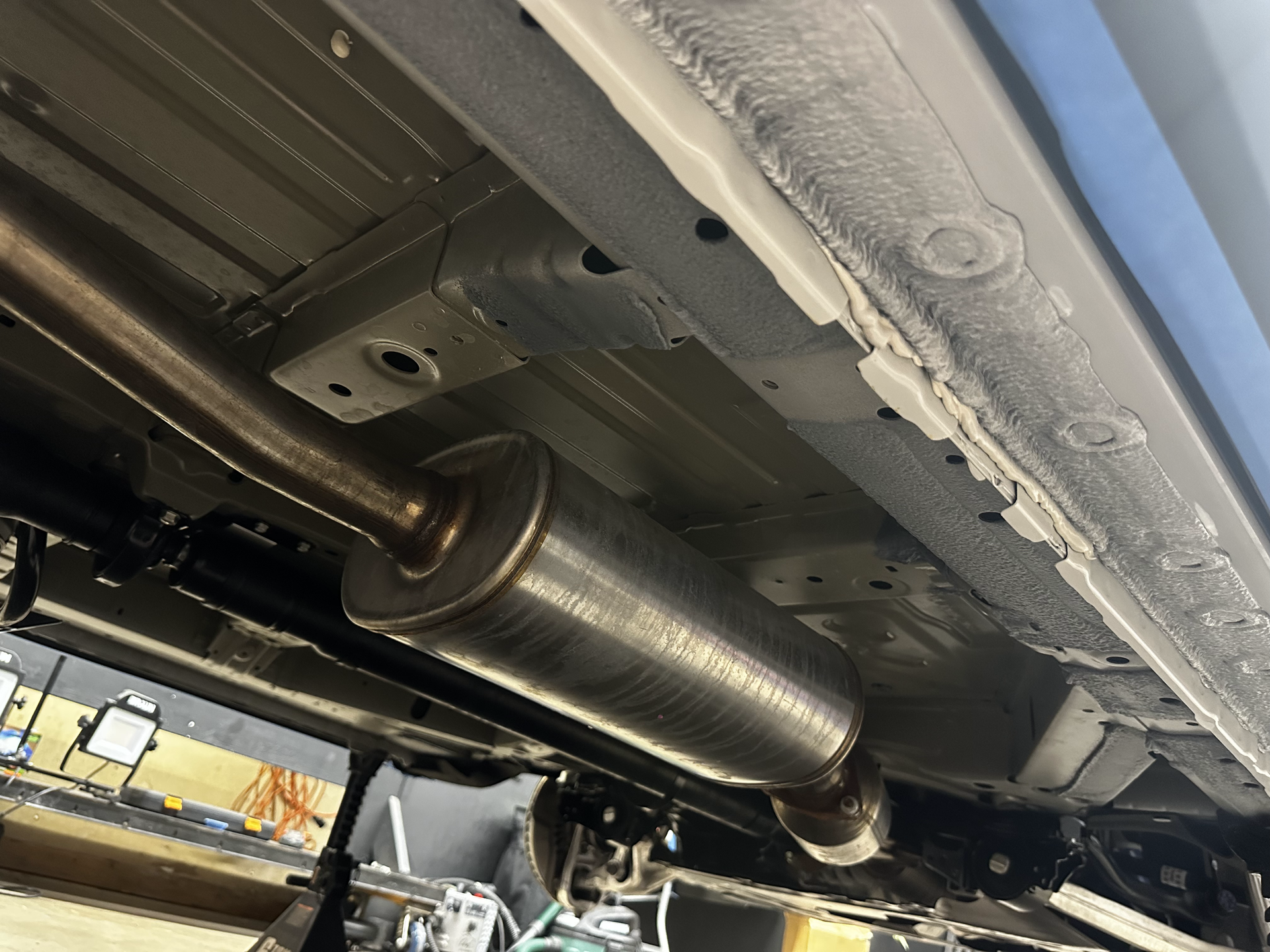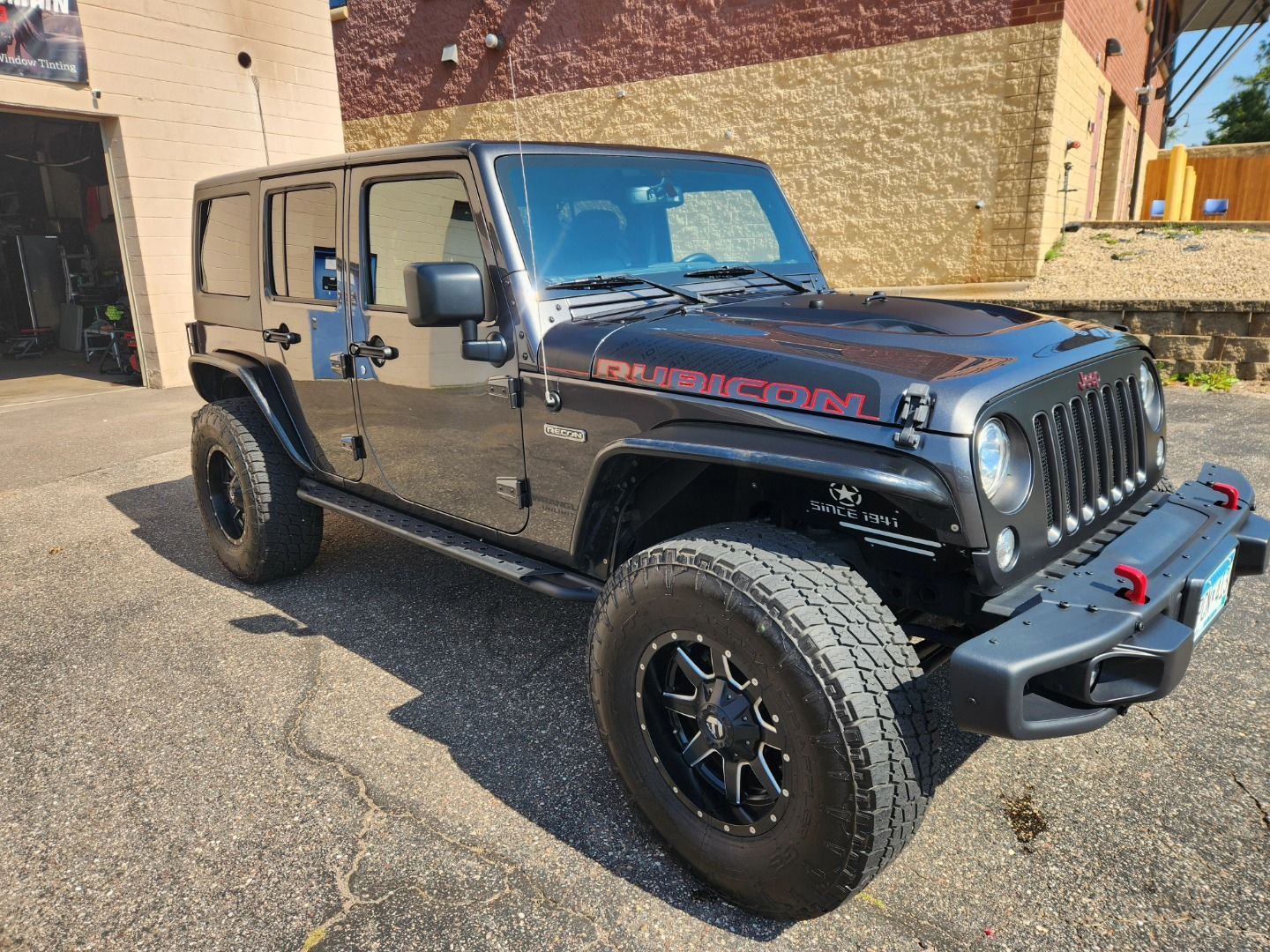Is Undercoating Worth It? – Benefits & Rust Prevention Explained
Rust repairs are costly and often unavoidable once corrosion sets in. Many drivers hear about this service but still wonder, “Is undercoating worth it?” in the long run. This guide explains what undercoating is, how it prevents rust, and what you should take into account before scheduling.
Key Takeaways
- Undercoating helps prevent rust and corrosion by sealing out moisture, salt, and road debris from the undercarriage
- Types of undercoating include rubberized, oil-based, asphalt, polyurethane, and wax-based
- Professional undercoating can last up to 5 years with proper prep and maintenance. Meanwhile, oil and wax types need yearly reapplication
- Undercoating improves resale value by keeping the underbody clean and showing consistent vehicle care
- Using undercoating with rust proofing gives full protection for both exposed and hidden metal surfaces
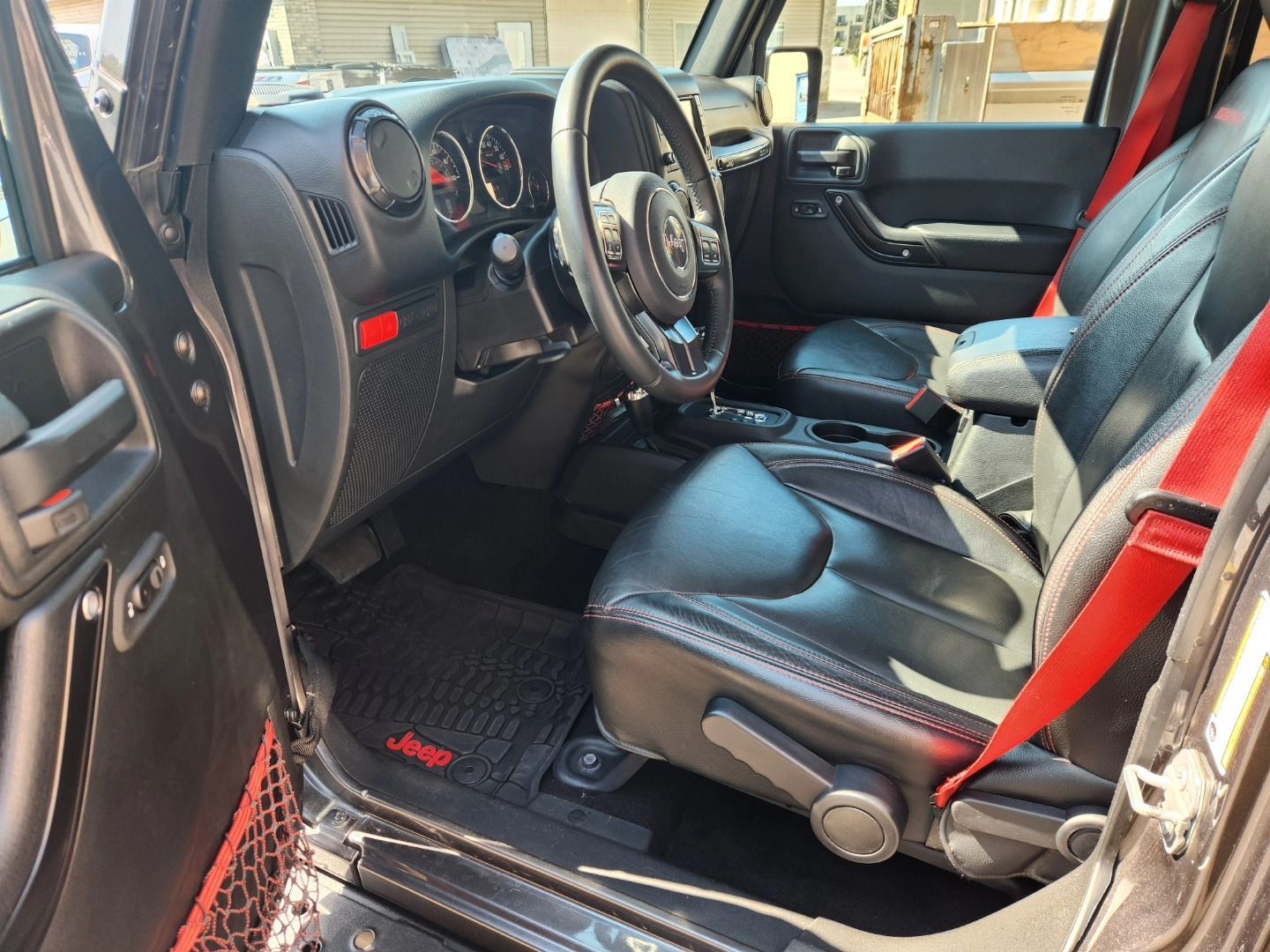
Types Of Undercoating For Cars
Several types of undercoating offer different levels of protection and durability:
- Rubberized undercoating: Flexible, long-lasting, and effective at reducing road noise
- Oil-based undercoating: Penetrates seams and repels moisture; requires more frequent reapplication
- Asphalt-based undercoating: Thick and rugged; often used for heavy-duty or commercial vehicles
- Polyurethane undercoating: Strong chemical resistance with a smooth finish
- Wax-based undercoating: Affordable, easy to apply, but wears off faster over time
Is Undercoating Worth It?
Undercoating is a good way to protect your car in the long run. Below are the main benefits of undercoating a car:
Rust & Corrosion Protection
Moisture, salt, and road grime lead to long-term corrosion. Undercoating seals off exposed metal to block rust before it forms. This helps keep your car in good shape and prevents costly fixes.
Vehicle Resale Value
Used cars with clean, rust-free underbodies often sell faster and at higher prices. Undercoating shows buyers that the vehicle was protected and well-maintained.
Road Noise Reduction
Rubberized undercoating absorbs vibrations from rough roads, gravel, and wind. Many drivers notice a quieter, smoother ride after application.
Extended Vehicle Lifespan
Protecting the underside from rust helps reduce repair frequency and supports long-term use. For anyone asking, “Does undercoating make a car last longer?”, the answer is often yes, with proper prep and upkeep.
Will Undercoating Stop Rust?
Undercoating helps stop rust before it begins. Sealing out moisture, salt, and road grime, it creates a protective barrier on metal surfaces. While undercoating cannot reverse existing rust, it can slow the spread if the surface is properly cleaned first. For best results, apply before rust appears and reapply as needed. Proper prep and product choice directly affect how well undercoating prevents rust.
Undercoating Vs. Rust Proofing
Both undercoating and rust proofing are used to fight corrosion, but they protect different areas. Here are the key differences:
| Feature | Undercoating | Rust Proofing |
|---|---|---|
| Target Area | Undercarriage and exposed bottom panels | Inner panels and hidden seams |
| Material | Rubberized, asphalt, wax, polyurethane | Drip or dripless oil |
| Application Frequency | Every 1–5 years, depending on the product | Every 1–2 years |
| Ideal Use | Older vehicles or harsh environments | Newer vehicles or factory maintenance |
| Coverage | Broad surface protection | Precision corrosion control |
Conclusion: Using both methods together gives vehicles maximum protection in areas where salt and water often reach. When deciding between undercoating vs rust proofing, consider climate, mileage, and vehicle age.
How Much Does Undercoating Cost?
- Dealerships: $800–$1,000 for new vehicles; often bundled with extended protection plans
- Local Detail Shops: $250–$400, depending on vehicle size and undercoating type
- DIY Kits: $100–$150 for materials; requires personal labor and prep time
When comparing options, consider service quality, warranty coverage, and long-term protection. A professional application often delivers better results than DIY.
How Long Does Undercoating Last?
Undercoating durability depends on the product used and how well it’s maintained. Here's how long each type typically lasts:
- General Lifespan: Most undercoating types last 1 to 3 years under typical driving conditions
- Rubberized And Asphalt-Based Coatings: Offer the longest protection, lasting up to 5 years with proper care
- Wax And Oil-Based Coatings: Require reapplication every 12 months, especially in snowy or coastal regions
- Maintenance Tip: Washing the undercarriage and prepping the surface before application helps extend durability
Preventing Rust: Extra Tips
Drivers searching “how to prevent car rust” should combine undercoating with regular maintenance and smart habits:
- Wash the undercarriage after driving on salted or muddy roads
- Avoid leaving the car parked on wet ground for long periods
- Fix paint chips quickly to stop moisture from reaching bare metal
- Store the vehicle in a garage or shaded area when possible
- Apply exterior protection like ceramic coating for added defense
Book Car Undercoating Service Near Me
Looking for undercoating service near me in St. Paul, MN, or nearby? Enthusiasts Domain Detailing offers expert undercoating using premium products for long-lasting protection. Book an appointment today to guard against rust before winter hits.
FAQs
Can I undercoat a used car?
Yes, undercoating a used car is effective if existing rust is removed first. Clean metal surfaces allow better bonding and longer protection.
How often should I undercoat?
Reapply every 1 to 3 years, depending on the product type and local driving conditions. Snow, rain, and salt reduce coating life.
Is it better to rust-proof or undercoat?
Both methods help prevent corrosion. Undercoating shields the underbody, while rust proofing targets tight internal spaces. Many vehicles use both for full coverage.
